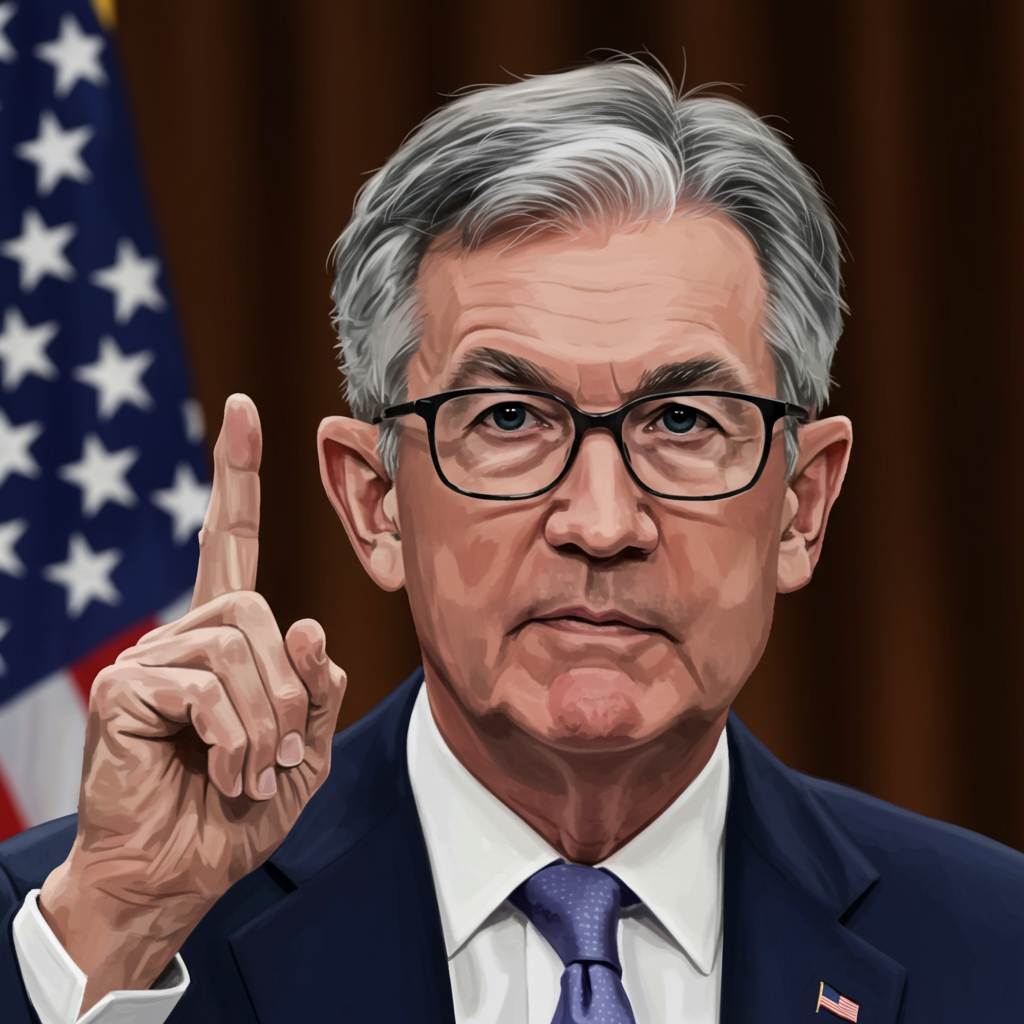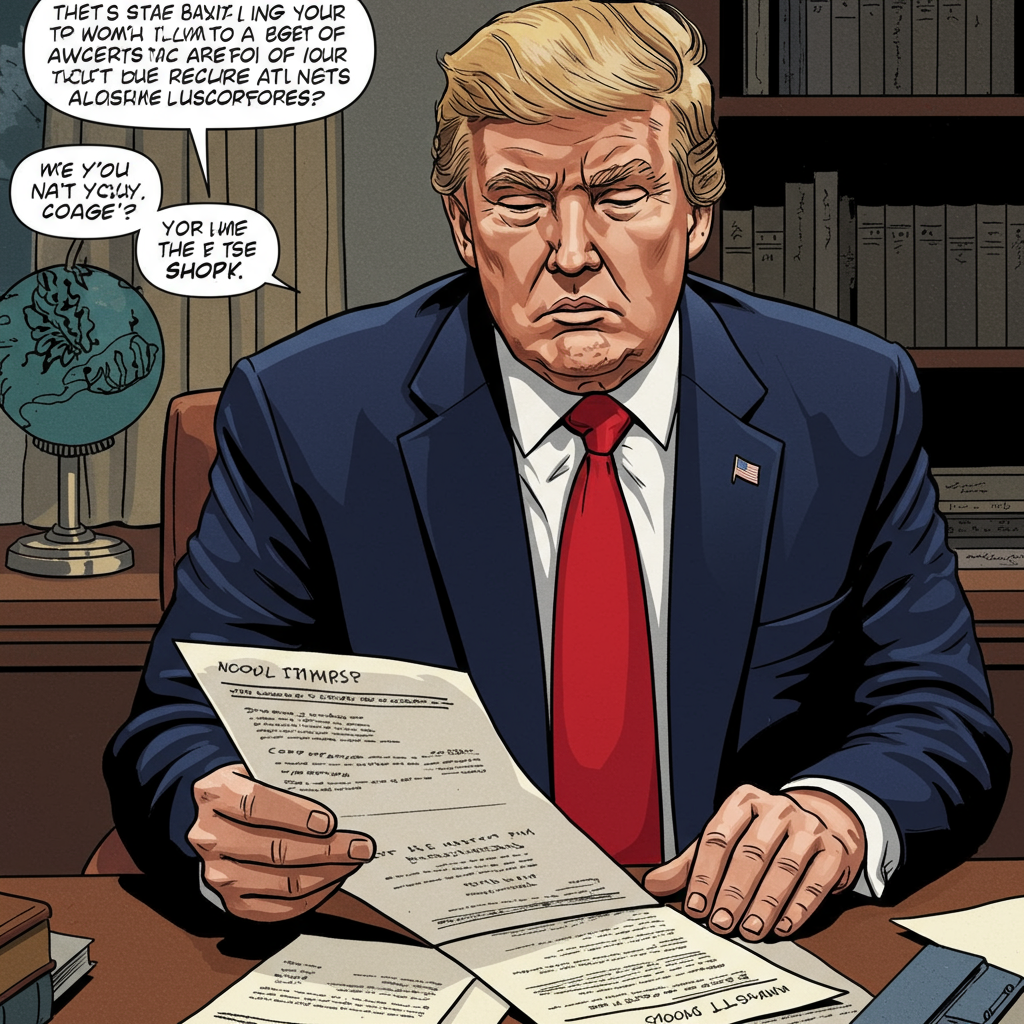Powell Faces Intense Pressure on Interest Rates
Federal Reserve Chair Jerome Powell recently appeared before the Republican-controlled House Financial Services Committee, finding himself on the defensive. The central bank head staunchly defended the Fed’s decision to hold interest rates steady since the beginning of the year, pushing back against persistent and vocal demands for cuts from former President Donald Trump and his allies.
The core of this heated debate centers on differing views of the U.S. economy’s health and future trajectory. While recent data shows inflation has cooled significantly from earlier peaks, the unemployment rate has begun to tick higher.
Traditionally, an economy showing rising unemployment might prompt the Fed, tasked by Congress with maintaining both low inflation and high employment, to lower its benchmark interest rate. This move typically encourages borrowing, boosts economic activity, and supports job creation.
However, Powell and the Fed are currently navigating a complex landscape, citing future inflation risks and uncertainty generated by policies like tariffs and immigration restrictions as key reasons for their cautious “wait-and-see” approach.
Trump’s Demands Clash with Fed Caution
President Trump has been a prominent critic, using social media and public statements to pressure Powell, whom he appointed. He has repeatedly asserted there is “no inflation” and the economy is “great,” arguing Powell should cut rates immediately and worry about raising them later if needed. Trump has even resorted to harsh language, reportedly calling Powell a “numbskull” and “dumb guy” and demanding a drastic cut in the benchmark rate to 1% or 2%.
Trump isn’t alone in his criticism. William J. Pulte, Director of the Federal Housing Finance Agency (FHFA) and another vocal Powell critic, claimed the Fed chair’s decisions were not data-driven but rather a “politicization of the Fed.” Pulte argued these policies were “dangerous” and harmed everyday Americans trying to afford essentials like car loans, credit cards, and mortgages.
The political lines appear to have shifted, with Republican lawmakers increasingly aligning with Trump’s stance, questioning why the Fed isn’t cutting rates like some other central banks, while Democrats have largely supported the Fed’s more cautious approach.
Why the Fed Remains Cautious
Despite acknowledging the potential burden higher rates place on consumers and businesses, Powell emphasized the ongoing threat of inflation during his testimony. A primary concern is the potential impact of tariffs, which are expected to push prices higher. While tariffs might initially cause a one-time price increase, the Fed is obligated to prevent this from evolving into a persistent, ongoing inflation problem.
Powell conceded that looking purely at recent inflation data (“looking in the rear view mirror”), an argument could be made for rate cuts. However, he stressed that forecasters, both within and outside the Fed, anticipate a “meaningful increase in inflation” later in the year, particularly from tariff effects expected to appear significantly in the coming months (June, July, August).
Crucially, the current inflation rate remains above the Fed’s mandated 2% target. Powell noted the Fed’s preferred inflation measure stood at 2.5% and was projected to slightly increase to 2.6% in May.
Adding another layer of uncertainty is the potential impact of geopolitical events, such as the Israel-Iran conflict. While initial fears of a major surge in oil prices subsided following ceasefire reports, the situation remains volatile. A significant escalation or disruption to oil supply routes could quickly reignite inflationary pressures through higher energy costs.
The Specter of Stagflation
The mixed economic signals – rising unemployment alongside persistent, albeit lower, inflation – have raised concerns among economists about the possibility of “stagflation.” This challenging scenario, characterized by simultaneous high inflation and stagnant economic growth, reduces people’s purchasing power and can significantly weigh on the overall economy.
Economists point to factors like “higher oil prices, higher tariffs, and restrictions on immigration” as potentially contributing to this risk by putting “downward pressure on GDP growth and upward pressure on inflation,” fitting the definition of stagflation.
Fed Independence and Future Outlook
Powell firmly defended the Federal Reserve’s independence, stating the central bank’s focus is solely on achieving a strong and stable economy for the American people, free from political pressure. He described the Fed’s current stance as “prudent and careful,” contrasting it with past instances where rate cuts were justified by a weakening labor market. He highlighted that the labor market remains “still strong” despite a slowdown in job growth, and the unemployment rate, while ticking up, is still historically low at 4.2%. The Fed’s key interest rate remains steady at 4.25% to 4.5%, a level held for the fourth consecutive meeting.
While Powell maintained a cautious tone, he did indicate the central bank could cut interest rates “sooner rather than later” if the economic outlook, particularly regarding inflation driven by tariffs, becomes clearer and more favorable. Some Republican appointees on the Fed’s policymaking committee have also recently suggested they could support cuts sooner if inflationary pressures remain contained.
Despite the underlying economic concerns cited by Powell and forecasters, Wall Street saw a significant rally following his testimony and hopes for de-escalation in the Middle East. Stocks like Nasdaq and S&P 500 neared record highs, buoyed by strong performance in the tech sector. However, a separate report showed consumer confidence dipping, with tariffs and persistent high prices cited as key concerns.
In conclusion, Fed Chair Powell’s testimony underscores the delicate balancing act the central bank faces: managing political pressure and mixed economic data while prioritizing the fight against potential future inflation risks, particularly those stemming from trade policy and global uncertainty. The debate over the timing and necessity of interest rate cuts remains intense.




